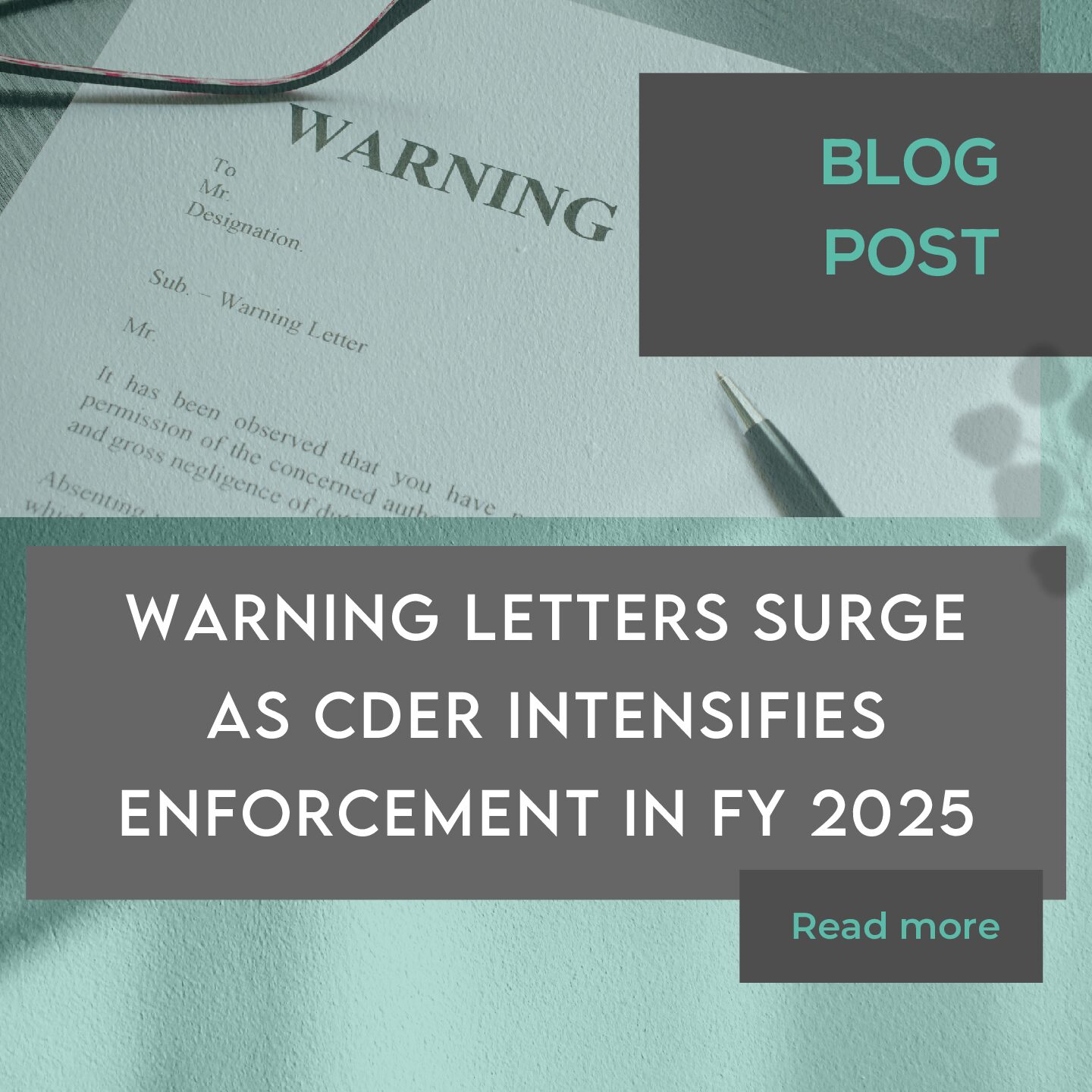In the veterinary medicine industry, the development of new and improved drugs is essential for ensuring the health and well-being of animals. The FDA plays a crucial role in regulating these developments through various mechanisms, including the Investigational New Animal Drug (INAD) application process. In this blog, we will delve into the significance of INAD applications, their purpose, and the steps involved in navigating this regulatory pathway for veterinary drug innovation.
The Investigational New Animal Drug (INAD) application is a regulatory requirement designed to facilitate the early testing and development of new veterinary drugs. Similar to the Investigational New Drug (IND) application for human drugs, the INAD application allows researchers and pharmaceutical companies to conduct pre-clinical studies and clinical trials in animals to assess the safety and efficacy of a new drug.
Key Components of an INAD Application include:
- Drug Description: Provide a comprehensive description of the new animal drug, including its composition, intended use, and proposed dosage forms. Understanding the drug’s characteristics is essential for the FDA to evaluate its safety and effectiveness.
- Study Protocols: Outline detailed study protocols for pre-clinical and clinical studies. This includes the design of animal studies, endpoints, and methods for collecting and analyzing data.
- Safety and Efficacy Data: Present existing data on the drug’s safety and efficacy, including information from laboratory studies and any prior clinical experience. This helps build a foundation for further investigations.
- Investigator Information: Identify the individuals and institutions responsible for conducting the studies. Provide their qualifications, experience, and a plan for monitoring and reporting adverse events.
Before submitting an INAD application, sponsors are encouraged to engage in pre-submission interactions with the FDA. These interactions help clarify expectations and address any questions or concerns regarding the proposed studies.
Once you have all of the required information, you are ready to submit the INAD application to the FDA, including all required documentation. This initiates the agency’s review process, during which the FDA assesses the proposed studies and evaluates the safety and efficacy of the new animal drug.
Open communication between the sponsor and the FDA is crucial throughout the review process. Sponsors may need to amend their applications based on FDA feedback or to provide additional information. Once the FDA is satisfied with the application, it issues an INAD number, allowing the sponsor to commence the proposed studies outlined in the application.
The INAD application process is a pivotal step in bringing innovative veterinary drugs to the market. By adhering to regulatory standards, engaging in open communication with the FDA, and conducting thorough pre-clinical and clinical studies, stakeholders in the veterinary pharmaceutical industry contribute to the development of safe and effective drugs that enhance the health and quality of life for animals. EMMA International can support your animal drug from concept to commercialization, including facilitating introductory and pre-submission communications with the FDA. To get in touch with our team of experts, call 248-987-4497 or email info@emmainternational.com.





